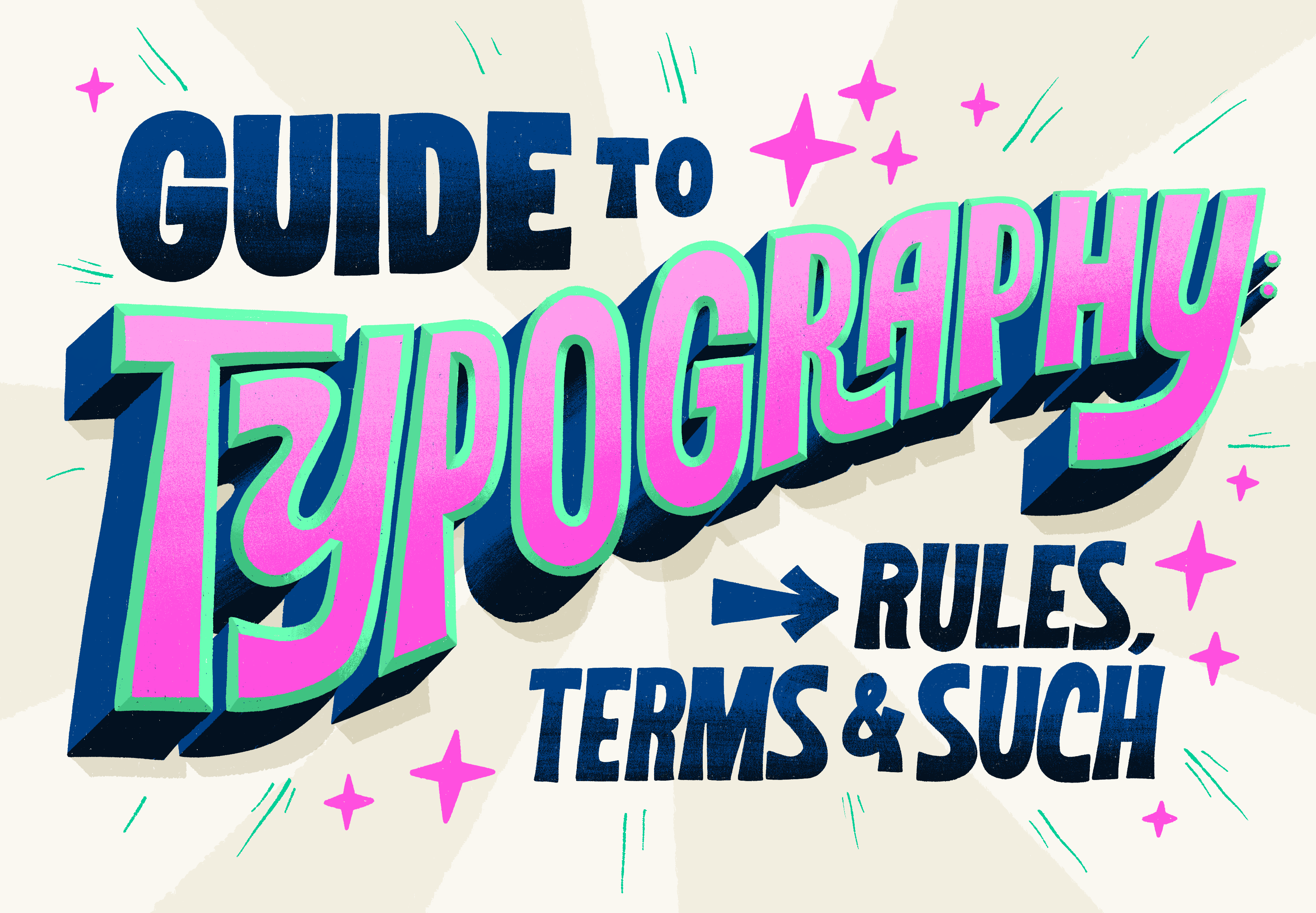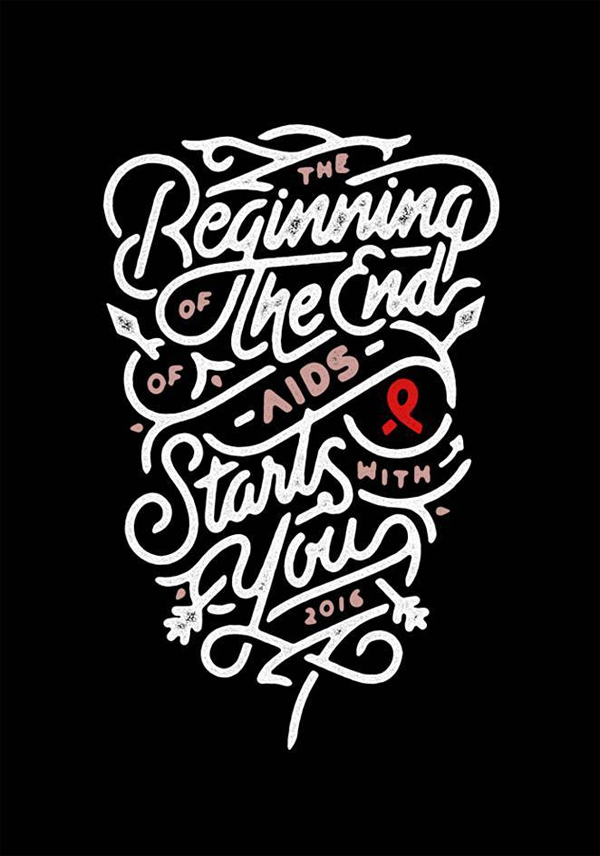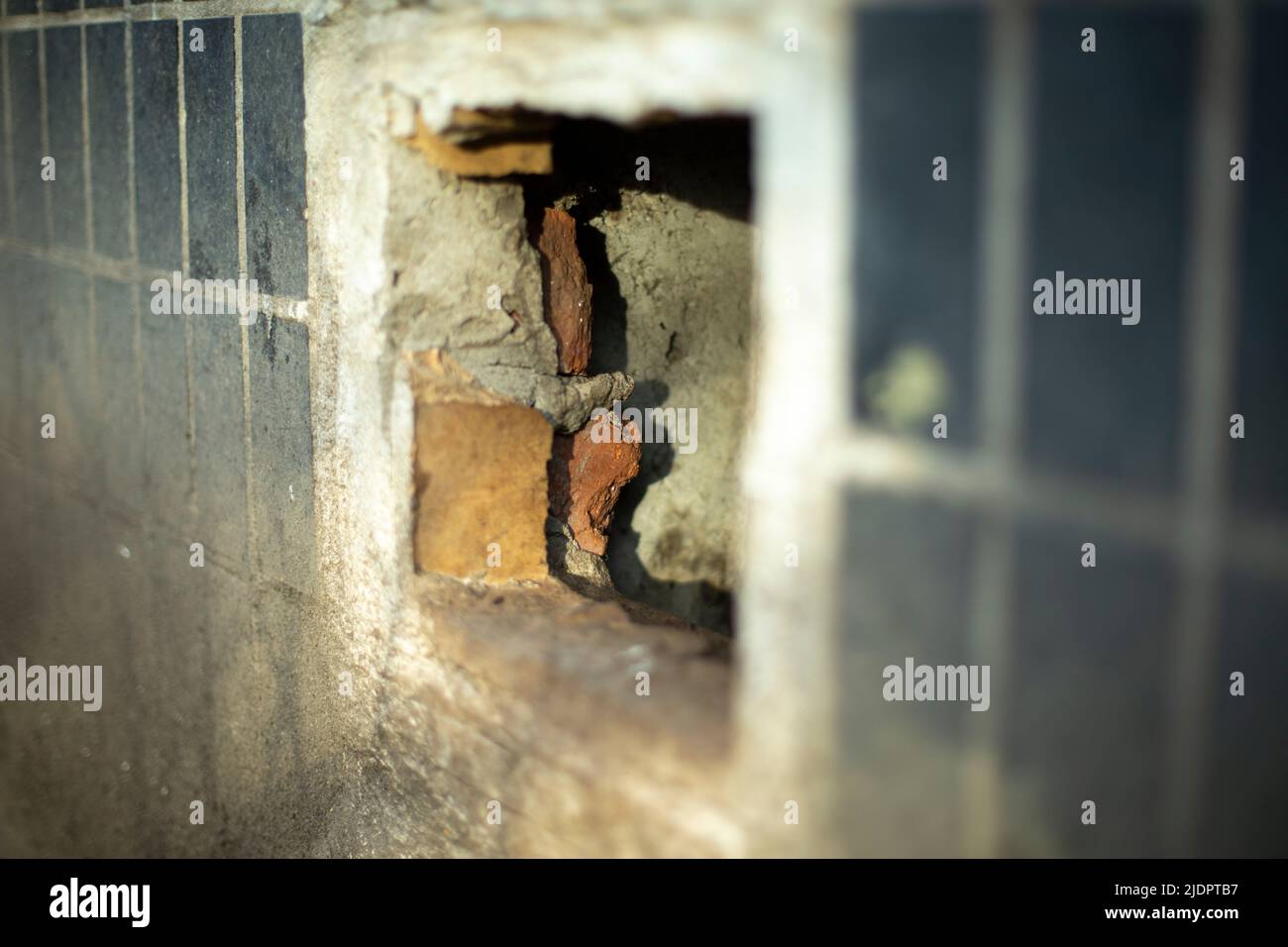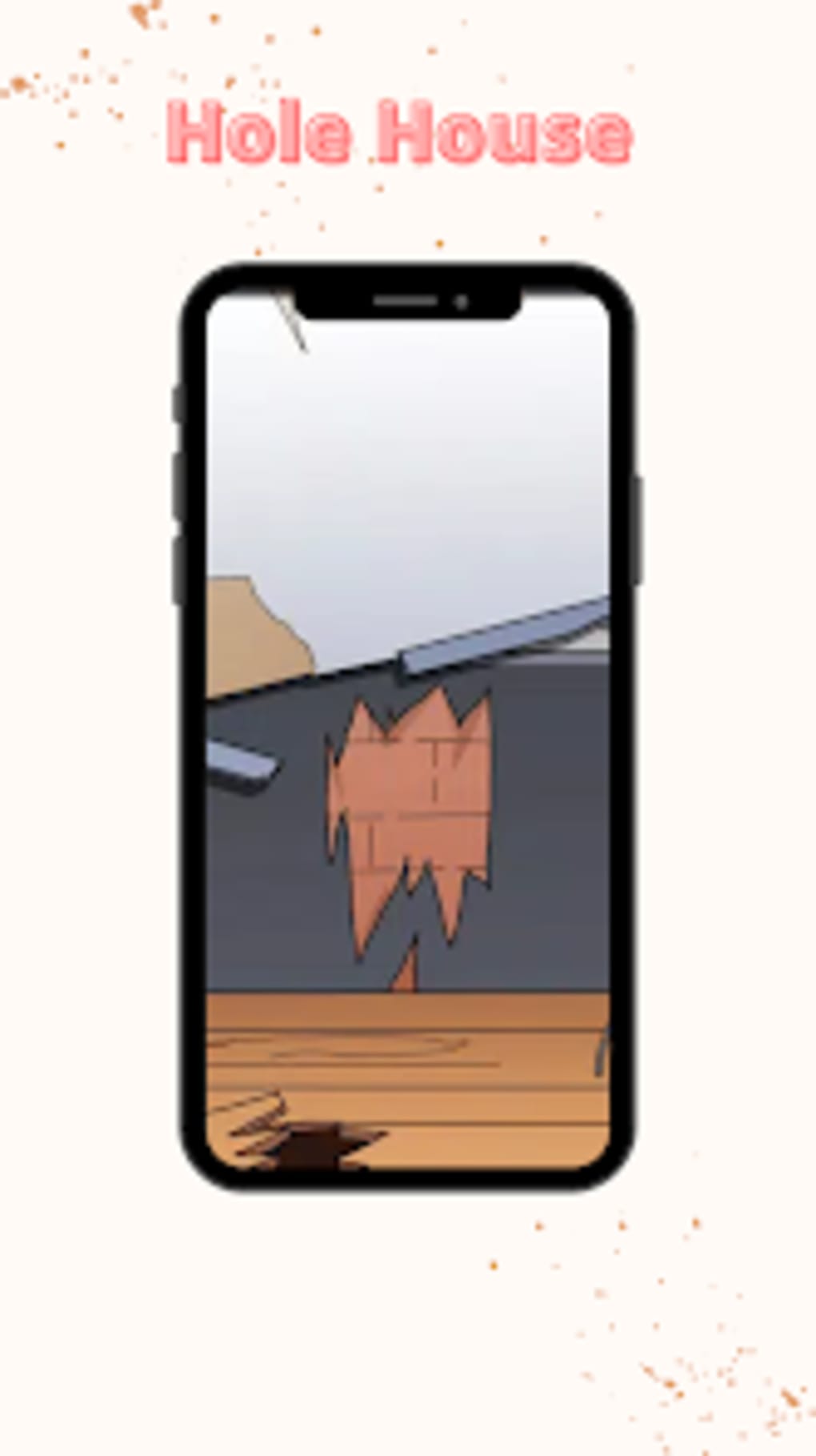Table Of Content

Typography is at the heart of design, and proficiency in this art form is critical for a graphic designer working across both print and digital media. As with any art form or scientific discipline, certain principles underpin typography. Understanding these principles is crucial for mastering typography design in different contexts. These principles guide typography design, ensuring legibility and clarity in design projects. Leading, the vertical space between lines of type, is crucial for readability. On digital screens, adjusting line-height and letter spacing is necessary for maintaining aesthetic quality and readability.
Why choose BA Graphic Design at Middlesex?
You will also be given the opportunity to investigate design with a social conscience, exploring how design can have a positive impact on society. As you start your degree course at Middlesex, the first year gives you an opportunity to explore and experiment with a wide range of approaches to graphic design. The first year is designed to build your foundational knowledge of typography – the art of working with text which underpins all areas of graphic design practice. You will also engage with a range of media and design skills, from photography to digital illustration, from printmaking to design thinking. Divided into four modules, projects are designed to encourage experimentation and hands-on making, with a focus on the design process, as much as final outcomes. You are invited to think critically about your work by engaging with a range of design ideas, both contemporary and historical.
Mid-Century Type book surveys graphic design of 1945 to 1965 - Wallpaper*
Mid-Century Type book surveys graphic design of 1945 to 1965.
Posted: Tue, 10 Oct 2023 07:00:00 GMT [source]
The 5 fundamental principles of typography
In metal typesetting, a set of physical letters is considered a font, containing every existing letter, numeral and punctuation mark as a separate element. In the digital world, the font is the software we install and use. If you’re learning typography with a view to becoming a graphic designer, consider a full graphic design program.
What Is Typography? Why Is It Important For Graphic Designers?
Using text as a form of visual expression can alter and impact a document's entire message and tone. Typography is the practice of selecting and using text in a meaningful and impactful way. Typography is the art that shapes how we perceive and interact with the world around us. With its clean lines and balanced proportions, Arial is a widely used sans serif typeface in web design for its clarity and readability. Helvetica is one of the most popular fonts for logo design and a classic example of a sans-serif font.
Again, given away by its name, the function of this typeface is aesthetic more than readable. As a result, you’re far more likely to see these used in brand names, logos, and short titles. Typography is the art of arranging letters and text in a way that makes the copy legible, clear, and visually appealing to the reader.
New digital archive provides invaluable insights into the evolution of Canadian type - Creative Boom
New digital archive provides invaluable insights into the evolution of Canadian type.
Posted: Wed, 13 Sep 2023 07:00:00 GMT [source]
Code, Data and Media Associated with this Article
This type of serif typeface is characterized by thick serifs that grab attention from miles away. When you think about it, the art and science of typography is the basis of all communication such as logos, ad copy, headlines in magazines, and newspapers or chapter headings in a book. But when typography its bad, it can be jarring and distracting, even unreadable. Think about the last time you were confused by messy type in an app, were misled by unclear signage or struggled to understand an illegible pamphlet or packaging product. And how to pair your fonts for maximum readability and brand-appropriateness.
If you're seeking to achieve the best reading experience, this is clearly an important consideration. If your lines are too long, your reader can easily get lost, while a too-short measure breaks up the reading experience unnecessarily. The most common method used to measure type is the point system, which dates back to the 18th century.
Typography holds the attention of the readers
Around the mid 18th century a new type of serif emerged, which we now call Transitional. This style marks the transition between the Humanist and Modern styles, so it combines a little of both styles’ characteristics. Consider the blocks of text you see in blog posts, books, newspapers, and magazines.

tips to master the art of typography
Beyond the basics, typesetting is a very important component of understanding typography in graphic design, and something all good graphic designers must master. We think of it as the art of making a volume of text inviting and accessible to its intended audience. From the brand name to the brand product package and advertising banners, you need to make it look strong. Typography is not just choosing a font style and writing, it involves more such as understanding audience behavior and their attraction. Moreover, typography style varies on the design, and where you want to show it. In this regard, you need a typography design company that could pick the best typography style for your design.
With typography, we can distinguish between different sections and call the attention of the users to the important message. Even though serif typefaces are pretty legible, sans serif typefaces can be even more legible because they look much cleaner. The most classical typefaces out there are usually serif typefaces. Not only that, but serif typefaces are also the most original fonts since they date back to the Romans, who used to flare the endings of letter lines at the top and bottom. The most effective typography design lives up to an audience’s expectations. A fun amusement park might have curvy colorful letters whereas a serious financial firm will likely use more traditional lettering.
Learn about the tips and tricks you can use with our blog What is brand identity? It is an art, a skill that requires continuous practice to master. The right choice can make the design the best while the wrong choice can break the design as well. From being able to establish the hierarchy to expressing your emotions and portraying company values, typography can do it all.
Many designers make the mistake of simply copying and pasting the text from a file. When the designers want to pair fonts together, they generally pick a typeface that has a similar x-height. The width is about the area of the body of the letter and the space that follows. So, one point is equal to 1/72 of an inch, and 12 points equals to one pica. Often, fonts and typefaces are the terms mistakenly used interchangeably by many. Technically, a typeface comprises many characters of varying weight and sizes.
There are a number of theories to help you define the ideal measure for your typography. One rule of thumb is that your lines should be 2-3 alphabets in length (so characters, including spaces). So while there's an astonishing array of free fonts to choose from online, you'll need to check the one you choose includes all the variations you need for your design. Even within paid-for fonts, the amount of choice can be overwhelming – and it can be tempting to stick to the classics.
It will help you to create a visually harmonic piece and easily align the elements of your text composition. Serif typefaces are known as a more formal style, so you can find them in newspapers, books, and magazines. Here are the typography elements you should know about before starting your project. Nowadays, it’s not only about the legibility of the text but also about creating an aesthetic that can make the reader feel something. And to do so, it’s important to learn about this form of art and practice, practice, and (you guessed it) practice.
Proper font choice, size, and spacing can greatly improve readability, especially for visually impaired users. For example, if you’re designing a poster for a rock concert, you’d probably want a bold and edgy typeface to convey energy and loudness. If you’re designing a website for a ballet school, you might want a typeface that reflects delicacy, precision, and elegance. From there, you can adjust its size, pick the right colors, and maybe even add some shadows to make your text punchy. While typography can certainly brighten up a design, it’s about so much more than making things look pretty. In fact, you can apply typography techniques to make your text legible, readable, and visually appealing.



















